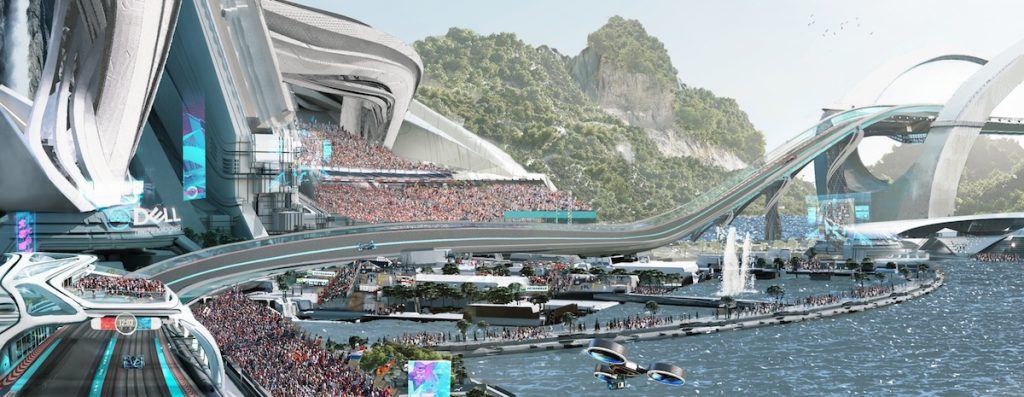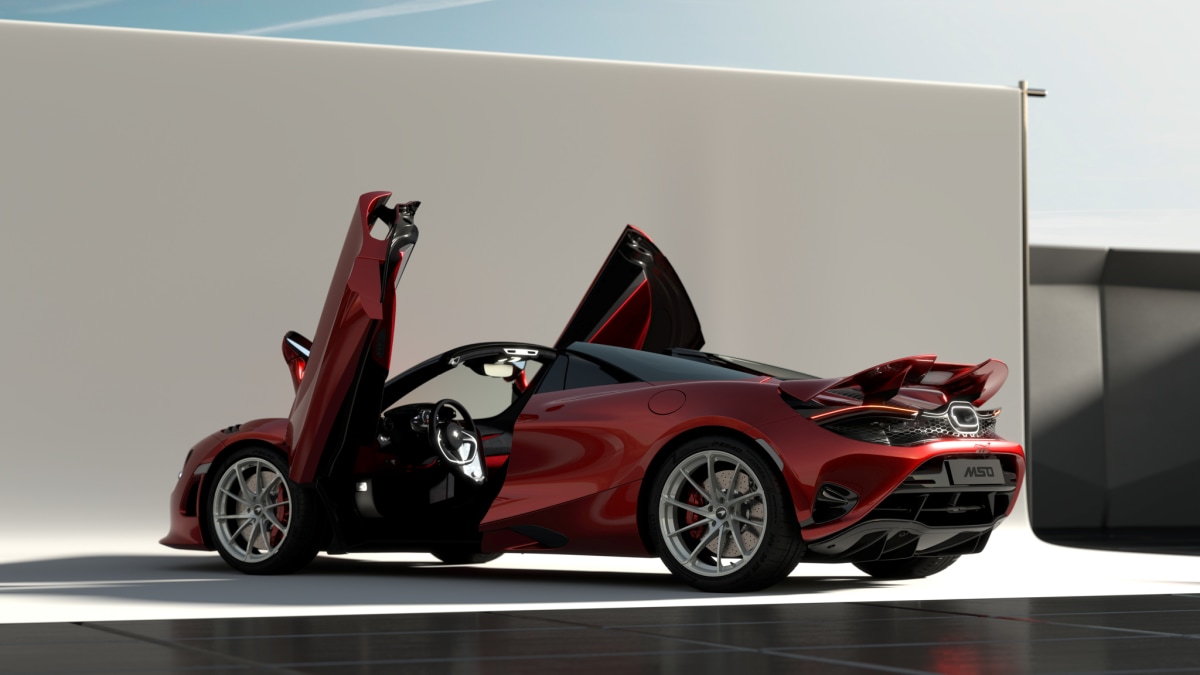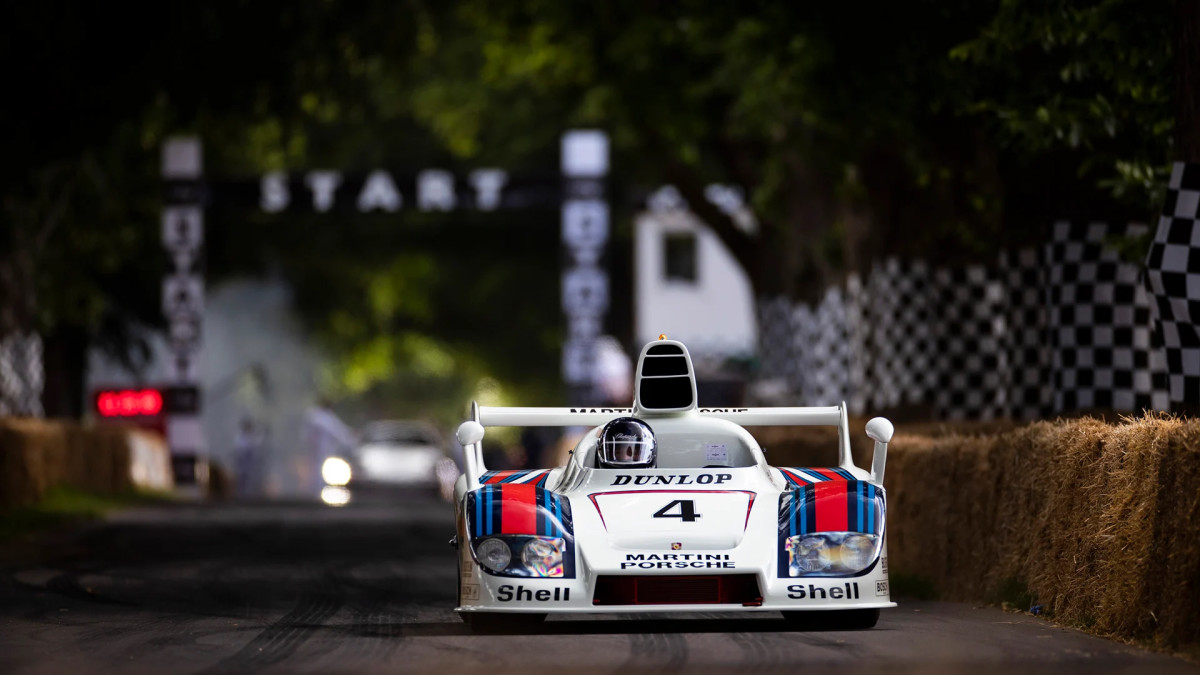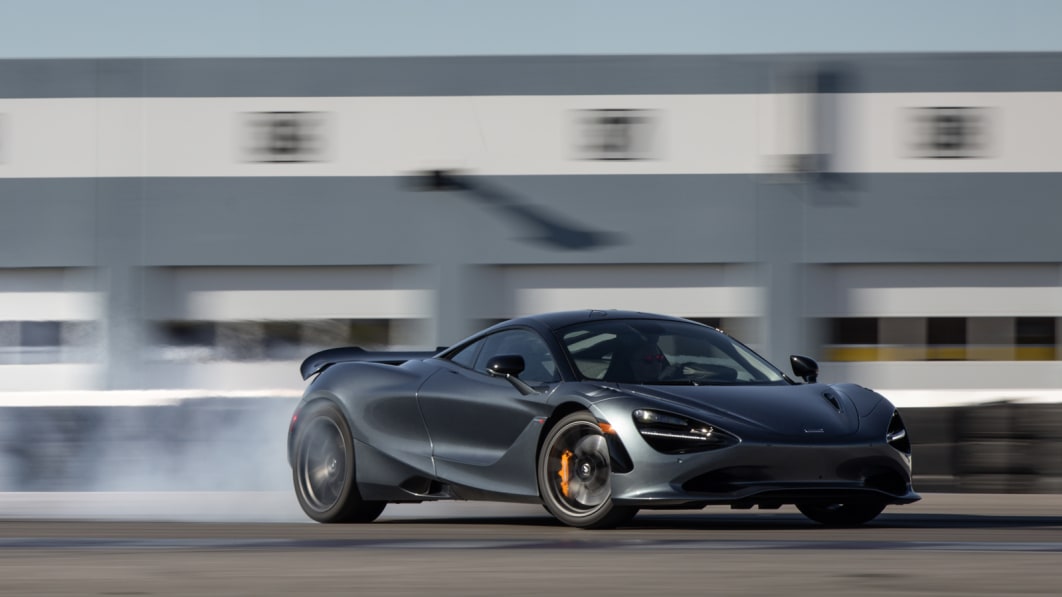Things Could Get Weird
Looking like a mashup of TRON and every futuristic racing video game you can imagine, McLaren Applied Technologies has a vision for F1 racing in 2050. It is nothing if not exciting. The company talked with fans, racecar drivers, engineers, and others intimately involved in Formula 1 racing to create a vision of the future for the sport.
McLaren chose 2050 as the year to focus on. It chose that because 2050 marks 100 years for F1 racing. The car that the company came up with is called the MCLExtreme. The car has an open-wheel design and includes a driver, but uses futuristic technology. That tech includes shapeshifting active aerodynamics, an onboard advanced AI co-pilot, all-electric powertrain with 500 km/h inductive charging, autonomous and mixed reality technology and a whole lot more.
[embedded content]McLaren noted that a car could even steal electrical energy from the car ahead of it. That would further enhance race strategy for the drivers and their racing teams. The company sees the future of the sport shifting from how to get the most out of the stored power, to how to maximize the power itself.
McLaren says cars of the future may still use actual plug-in charging tech to get to full charge. However, at least some of the charging will be wireless. Additionally, the company says the cars themselves could glow the color of the driver’s emotions and the tires could be self-repairing.
It Won’t Just Be the Cars
The tracks will change too. Fans expressed a want for longer and wider tracks with steep banking. McLaren thinks this will come to fruition by 2050. With the popularity of street races, the company thinks smart cities with banked streets will be the future.


“Smart cities will give us the chance to put the track action on people’s doorsteps,” said Rodi Basso, Motorsport Director at McLaren Applied Technologies. “We’re going to see more racing take place where the fans are, as part of a continued effort to bring the show to them…”
It’s clear that the future of F1 is full of possibilities. I highly doubt all the things McLaren envisions will come true. 2050, like it or not is not that far away, and the company is talking seriously large-scale changes. While technology moves fast, I doubt it will move this fast.
Maybe this is more like 2100 instead of 2050. With that said, we’re seeing the beginnings of this technology already added to cars, and it could be the future of F1. I just think it’s unlikely for changes like this to hit in only a little more than 30 years time.



